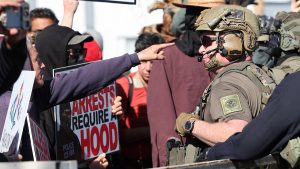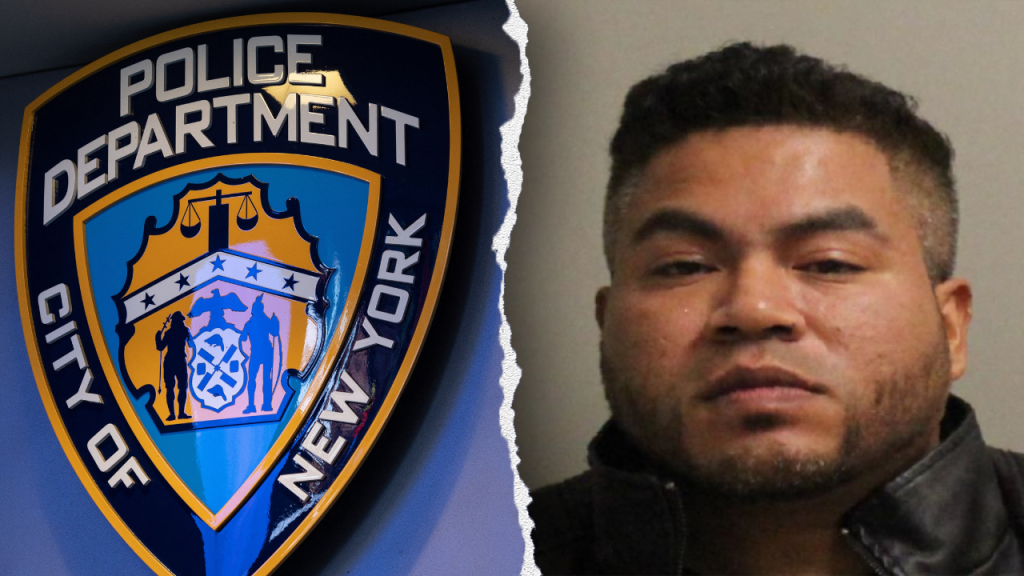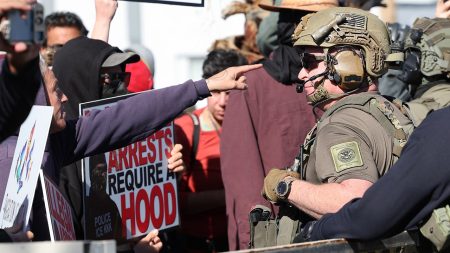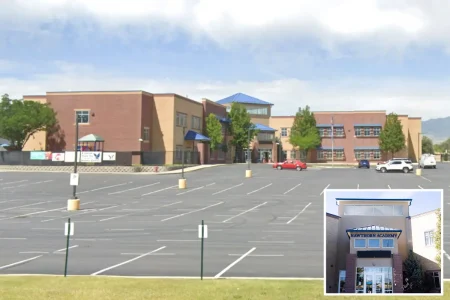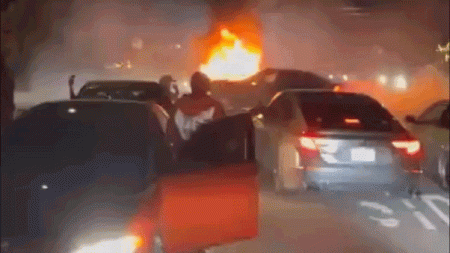Tragic Incident in Queens Raises Questions About Immigration Enforcement
In a heartbreaking incident that occurred in Queens early Saturday morning, 16-year-old Jhoanny Gomez-Alvarez lost her life when a driver allegedly struck her and her mother with a vehicle. The circumstances surrounding this tragedy have sparked discussions about immigration policy and public safety in New York City.
The driver, identified as 38-year-old Edwin Cruz Gomez, was arrested by the New York City Police Department following the incident. According to authorities, the collision happened just before 4:15 a.m. when a gray 2009 Chevy Suburban struck the mother and daughter before fleeing the scene. The teenager was pronounced dead at the location, while her mother survived and is reportedly in stable condition. Following the initial collision, Gomez allegedly continued driving and later struck a parked car at the intersection of Roosevelt Avenue and Benham Street. Police have charged him with serious offenses including murder, multiple counts of attempted murder, and assault, among other charges. What has complicated this case further are revelations about Gomez’s immigration status and prior encounters with law enforcement.
Immigration officials have indicated that Gomez is a Honduran national who was previously deported from the United States in 2005. Despite this deportation, he apparently returned to the country and has had several interactions with law enforcement over the years. According to Immigration and Customs Enforcement (ICE) sources, Gomez was arrested for driving under the influence in April 2013 and was temporarily detained by ICE in Long Island. During that time, authorities issued what’s known as a Reinstatement of Deport Order. However, after three months, he was reportedly released through the Alternatives to Detention program, after which he allegedly ceased contact with immigration authorities. This pattern of encounters with law enforcement continued over subsequent years.
The case has drawn attention to how different jurisdictions handle individuals with both immigration violations and criminal offenses. In October 2024, Gomez was reportedly arrested for possession of a forged instrument, but according to sources familiar with the case, no immigration enforcement action was taken because the offense didn’t meet current administration priorities for enforcement. The following month, in November 2024, court records indicate he was convicted in Nassau County for driving without a license, for which he received a five-day sentence before being released. Most recently, on January 26th of this year, Gomez was arrested again for driving under the influence. According to immigration officials, he was released from custody before they could issue a detainer—a request from ICE asking local law enforcement to hold someone while immigration authorities determine next steps.
What makes this case particularly troubling are the allegations surrounding the circumstances of the collision. Law enforcement sources suggest that prior to striking the victims with his vehicle, Gomez had made unwanted sexual advances toward them, which they rejected. This alleged motive has added another deeply disturbing dimension to an already tragic incident. The community in Queens has been left reeling from this loss, with neighbors and friends remembering Jhoanny as a young person with her whole life ahead of her. Local residents have expressed concerns about safety in their neighborhood, particularly regarding traffic safety and the enforcement of laws against driving under the influence.
This incident occurs against the backdrop of ongoing national debates about immigration enforcement priorities and cooperation between local law enforcement and federal immigration authorities. Some advocates argue that stronger coordination between agencies could prevent tragedies like this, while others maintain that such cooperation can undermine community trust in law enforcement. What remains clear is that a young life has been lost, a family has been devastated, and a community is searching for answers. As the legal process moves forward, many are calling for a thoughtful examination of how various systems—from immigration enforcement to traffic safety to the criminal justice system—might work more effectively to protect public safety while ensuring justice and dignity for all community members.


